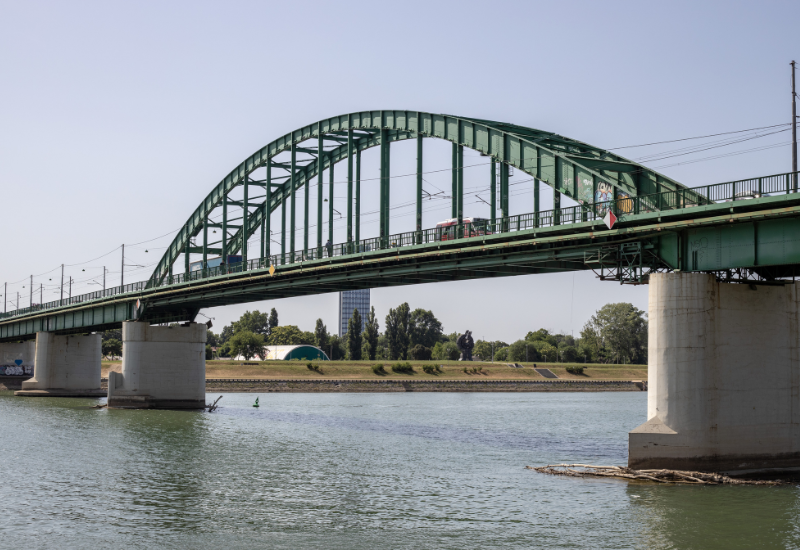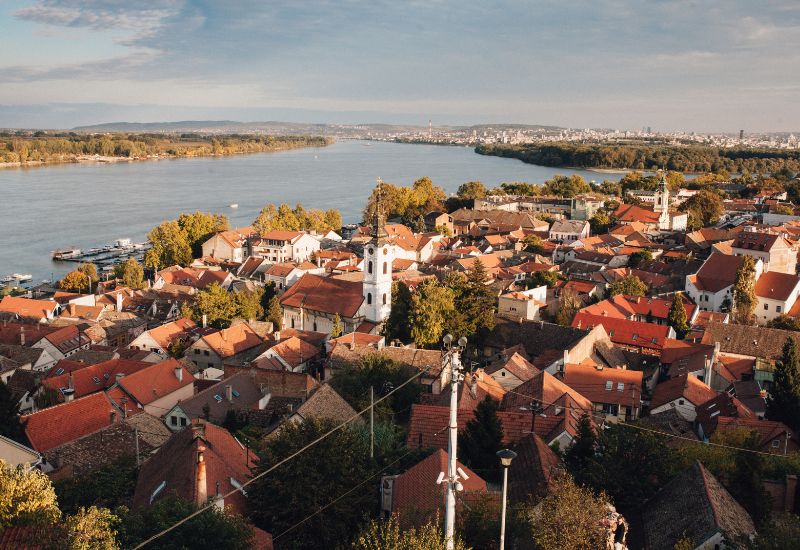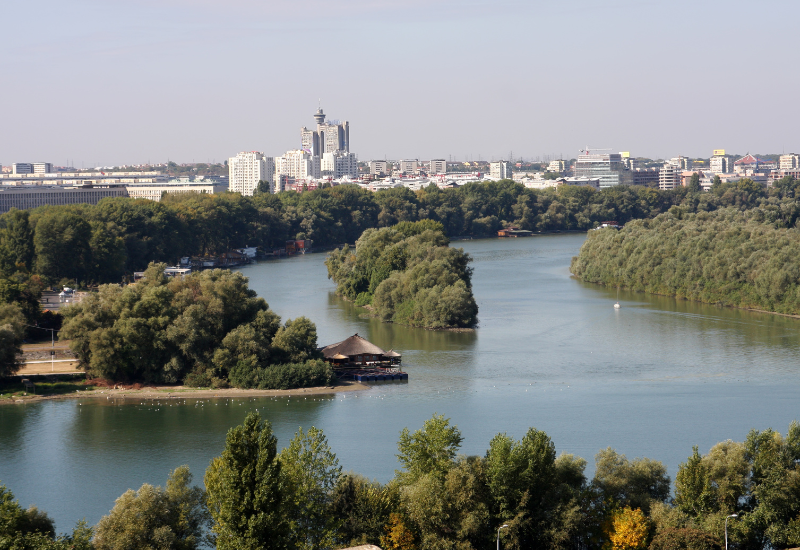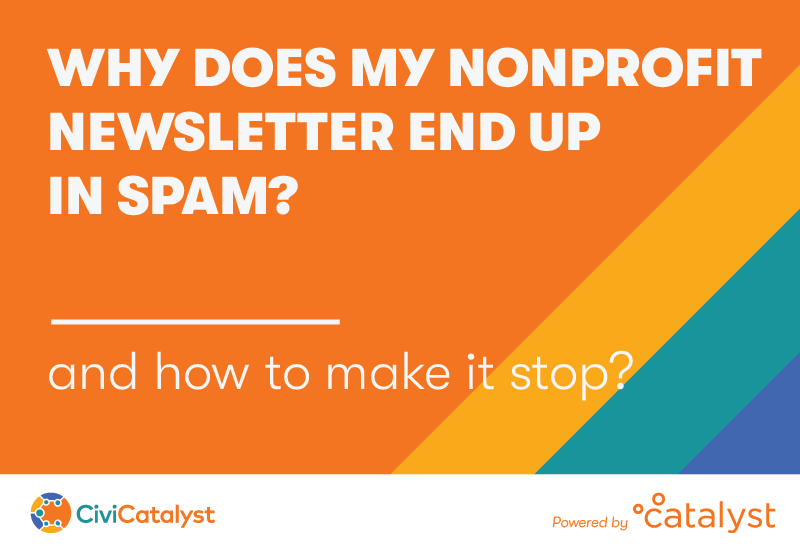Navigating the landscape of giving in 2022, the corporate sector experienced a notable 17.4% surge in donated amounts, while Mass Individual donors led the way with an impressive 21.9% increase in their giving value.
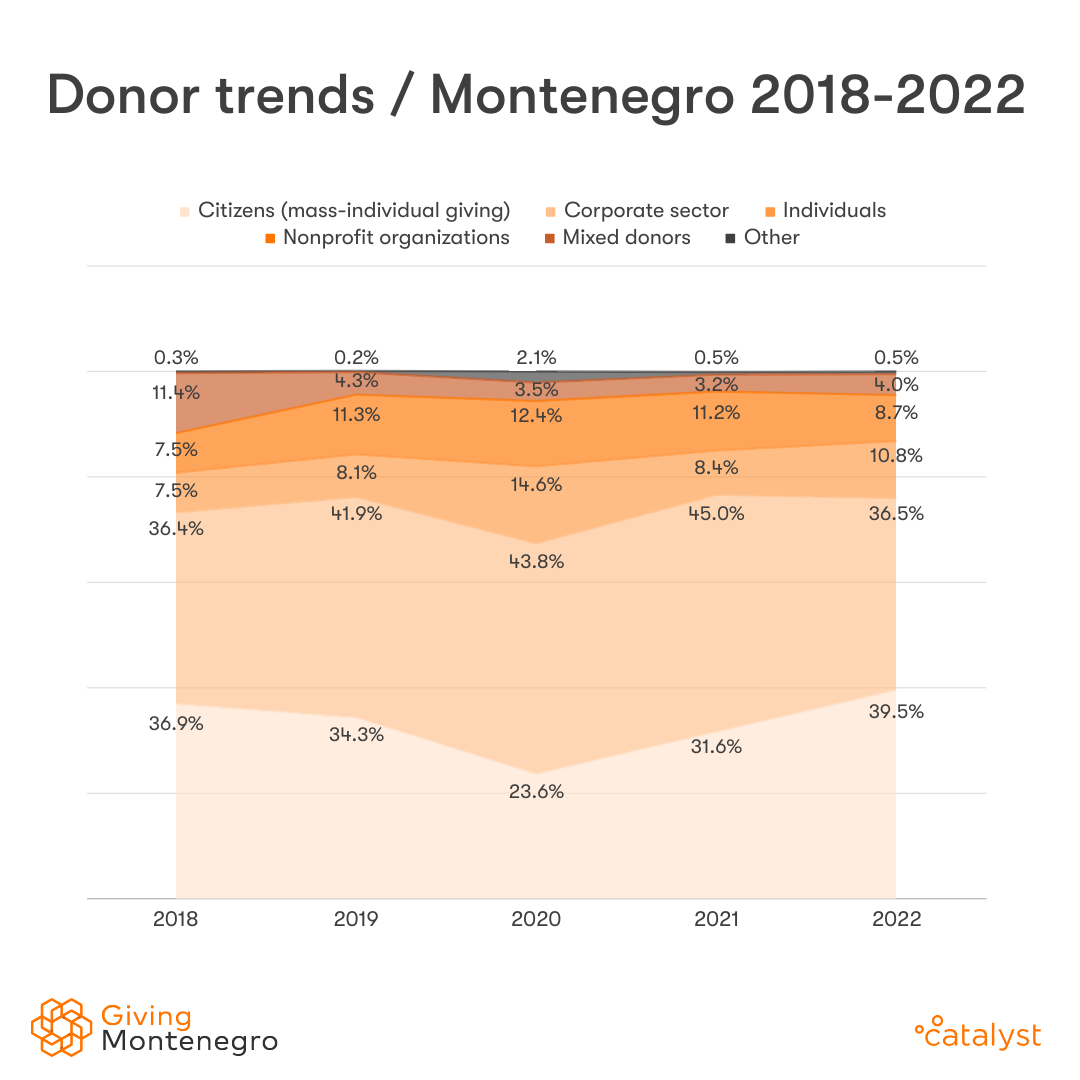
Graph 1: % of Instances of Giving disaggregated by Type of Donor – 2018 – 2022
On the flip side, individuals saw a decrease of 42.7% in their donated amounts. Nonprofits remained steadfast, contributing consistently to the common good.



